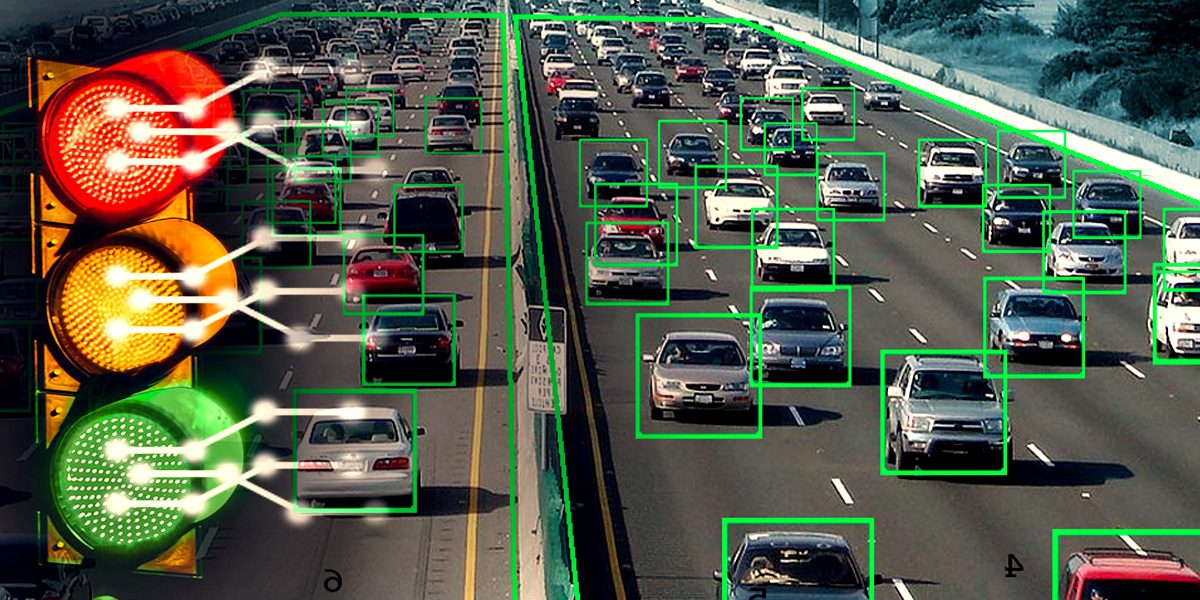In recent years, artificial intelligence (AI) has emerged as a game-changer in various industries, and transportation is no exception. From autonomous vehicles to traffic management systems, AI is transforming the way we move and commute. In this article, we will explore the exciting developments in AI-powered transportation, highlighting the benefits and challenges of incorporating AI into our daily lives.
1. Enhancing Road Safety:
One of the primary advantages of AI in transportation is its potential to significantly improve road safety. With advanced machine learning algorithms and sensor technologies, autonomous vehicles can analyze and interpret complex traffic situations in real-time. By eliminating human error, AI-powered systems can help prevent accidents caused by distracted driving, fatigue, or impaired judgment.
2. Smarter Traffic Management:
AI can revolutionize traffic management by optimizing traffic flow and reducing congestion. Intelligent algorithms can analyze vast amounts of data from traffic cameras, sensors, and connected vehicles to predict traffic patterns and adjust signal timings accordingly. This adaptive traffic management system can reduce travel times, fuel consumption, and greenhouse gas emissions, leading to a more efficient and sustainable transportation network.
3. Enhanced Public Transportation:
AI technologies are also reshaping public transportation systems, making them more efficient and passenger-friendly. AI-powered algorithms can optimize routes, schedules, and capacity planning, ensuring better utilization of public transportation resources. Additionally, AI-based chatbots and mobile applications can provide real-time information, personalized trip planning, and seamless ticketing experiences, enhancing the overall public transportation experience.
4. Logistics and Supply Chain Optimization:
AI-driven optimization algorithms are transforming the logistics and supply chain industry. Intelligent systems can analyze complex delivery routes, weather conditions, and demand patterns to optimize routing, fleet management, and inventory control. This results in faster, more cost-effective deliveries, reduced fuel consumption, and improved customer satisfaction.
5. Predictive Maintenance:
AI can enable predictive maintenance in transportation infrastructure, such as railways, bridges, and tunnels. By collecting and analyzing data from sensors, AI algorithms can detect potential faults and deterioration in real-time. This proactive approach allows for timely maintenance and repairs, minimizing service disruptions and ensuring the safety and reliability of transportation infrastructure.


Comments
Post a Comment